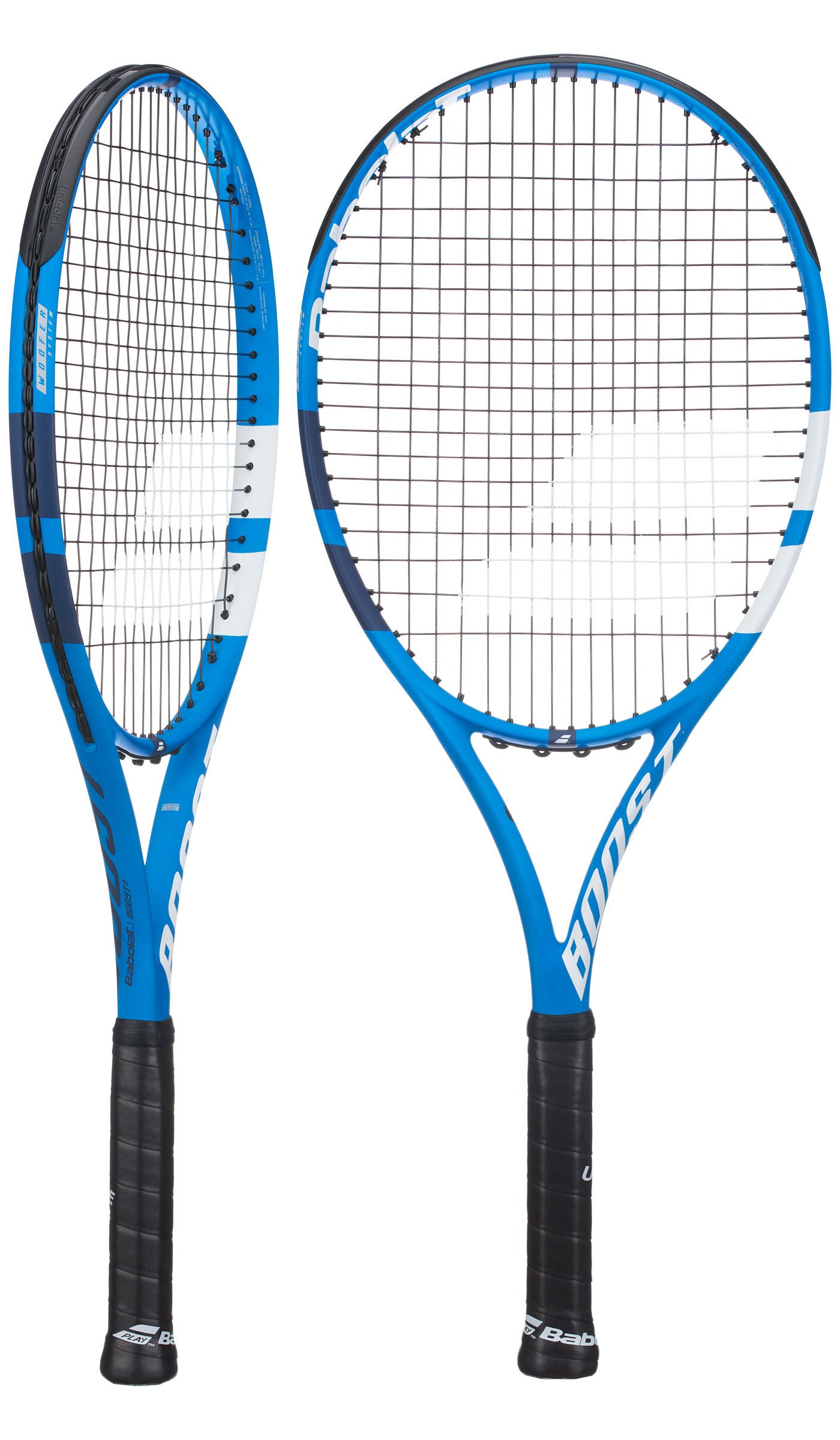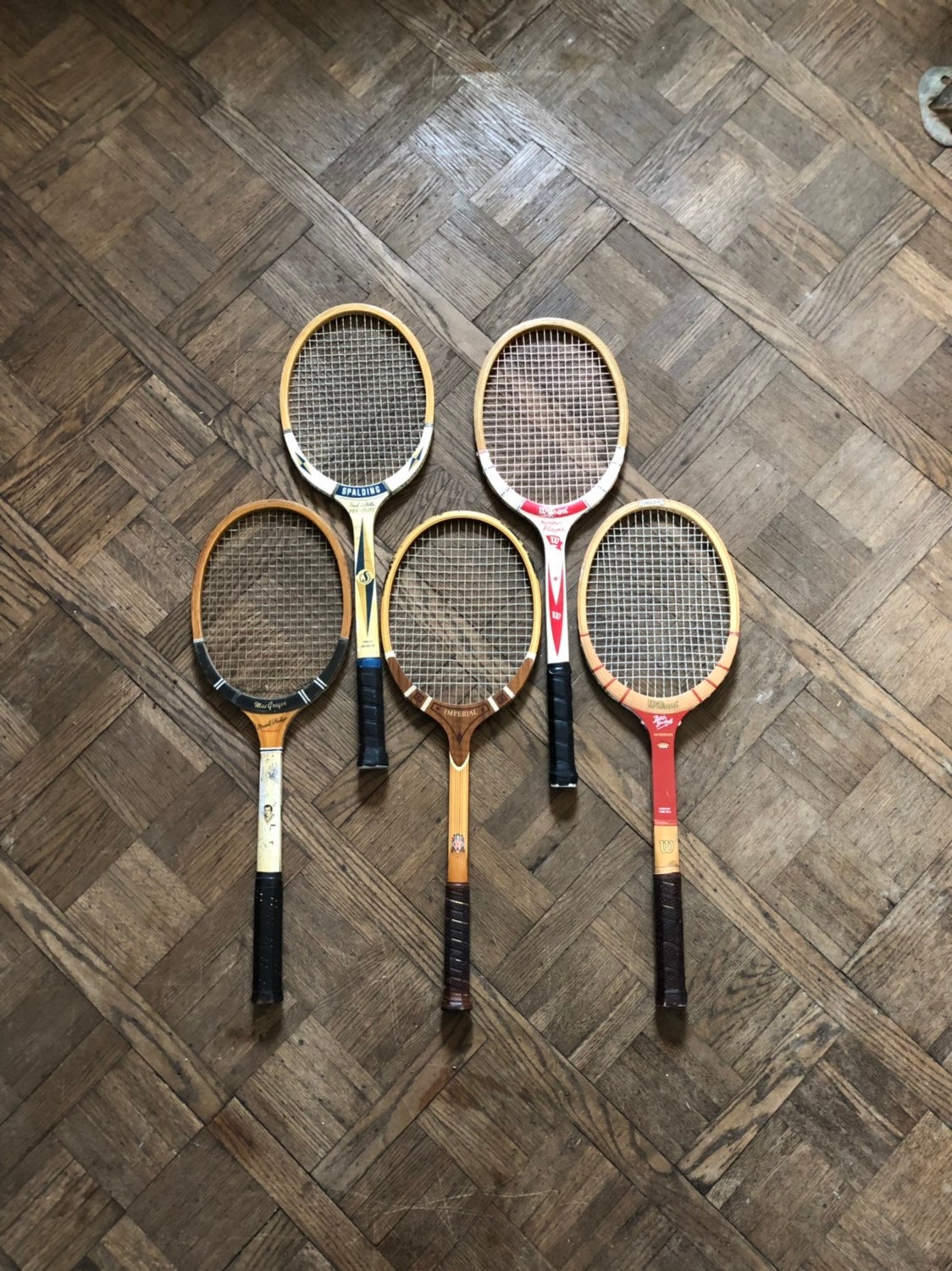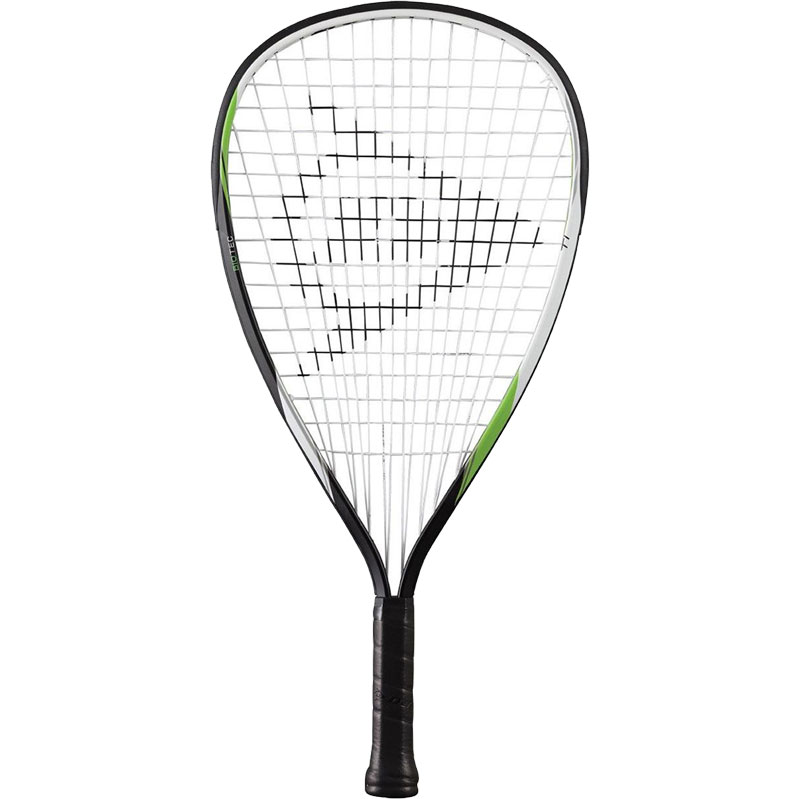
This increases control as the racket has less ability to move when you strike the ball.

They benefit players in the two main ways: Racquetball rackets have these straps attached to your wrist while tennis rackets do not. Other than size and shape, you can tell the difference between rackets by one little feature: a wrist strap. Racquetball Rackets Have A Recognizable Safety Feature The tighter strings in tennis are better for a slower moving ball for increased control and power, while racquetball strings are designed for high impact and fast returns. The strings used in tennis rackets could break if they took the same impact. Take a look by clicking here and get all the details.īall speed is much faster in racquetball, requiring strings that handle more force.

We wrote an extensive article about racquetball strings. Tennis strings are designed for control in a game requiring placement. Racquetball strings are looser on the racket and they lead to more power and pop for the fast-paced game. The feel of a racket is how the ball is able to pop off a racket with both power and control. The differences in strings for tennis and racquetball rackets come down to “feel” for players. The strings vary in material, coating, and braiding patterns used to result in different performance outcomes. While you may not be able to tell from the naked eye, the string used on each racket is different. This racket is recommended for beginners as they are easier to maneuver and control. Tweener Rackets: Short for “between,” the racket provides a mix of power and control.

These provide less spring than power rackets resulting in less power and a smaller sweet spot. Control Racket: These rackets are typically rounder with a smaller head and shorter length.Power Racket: Designed for increased power, these use oversized heads and are typically longer in length.The difference in racket frames comes down to weight distribution and size more than anything. Some can be square while others are more teardrop like. The most common shape is elliptical, which is an oval shape. This is for more skilled players who can accurately find the smaller sweet spot.įrame shapes vary slightly for tennis rackets but are not as important as in racquetball. It is known for a smaller sweet spot, but more power. Quadraform: This racket head takes on a square rather than round shape.It does not require as much finesse in finding the spot, allowing for controlled returns but less power. Triangular/Teardrop: This racket shape increases the size of the sweet spot for easier accuracy and control.

The sweet spot is the point on the racket where you make the most powerful, accurate, and central contact. The shape of the racket will have an impact on the sweet spot location. Racquetball rackets are slightly more squared off at the head and form a dramatic teardrop. Tennis rackets appear oval-like in shape, having a rounder head (the top of the racket). If you put both rackets side by side, you should be able to notice some physical differences in size and shape. In racquetball, the small court places you very close to your opponent. Having large rackets makes the space more crowded and may create dangerous situations in colliding with the other person or their racket. Read Also: What Is The Difference Between Squash And Racquetball? With many differences, tennis and racquetball rackets are specific to their individual sports for maximum performance.ĭifferences in court, ball, and objective require certain skills that are easier to achieve and more effective with sport-specific rackets. While serving a similar purpose to return a ball, their differences are specifically catered to each game and are for regulation use. What’s the difference between a tennis and racquetball racket? Tennis and racquetball rackets vary in many categories: For simplicity, we will refer to this equipment as a “racket” throughout the article. Tennis uses the term “racket,” while racquetball uses “racquet” to describe the same equipment. With different rules in each sport, they both use a racket. Tennis and racquetball are both exciting games that challenge you physically and mentally to beat your opponent.


 0 kommentar(er)
0 kommentar(er)
